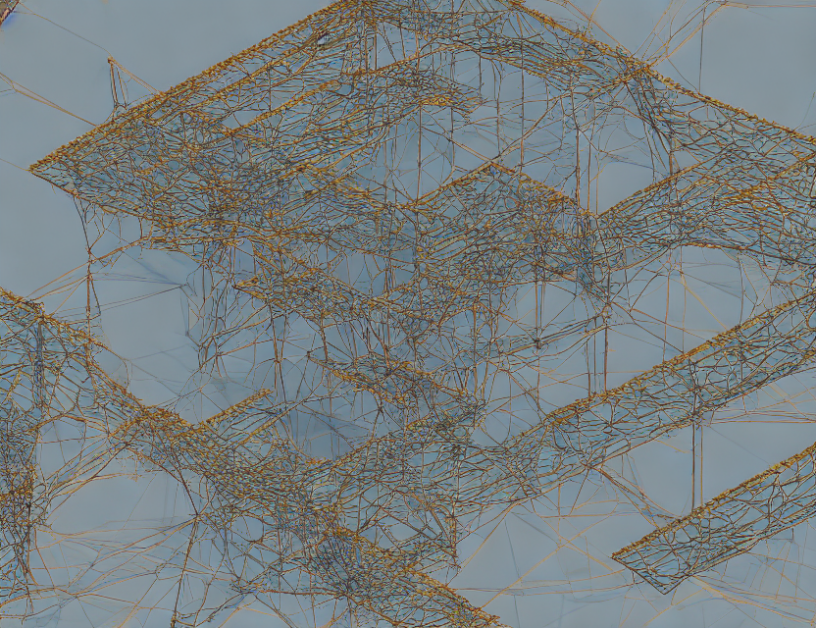Deep neural networks have revolutionized various fields, including computer vision and natural language processing. However, they suffer from a major problem known as catastrophic forgetting, where the model forgets previously learned knowledge as it adapts to new tasks or data. This issue is particularly challenging in few-shot learning scenarios, where the model needs to learn quickly and adapt to unseen data. In this article, we explore various techniques that can help overcome catastrophic forgetting and improve the few-shot learning capabilities of deep neural networks.
Section 1: Understanding Self-Tuning for Gradual Domain Adaptation
One approach to combat catastrophic forgetting is self-tuning, which involves adjusting the model’s weights based on its performance on a specific task. This process helps the model adapt to new tasks while retaining previously learned knowledge. Researchers have proposed various self-tuning methods, including adversarial feature learning and pseudo-label, which can be used in conjunction with few-shot learning techniques.
Section 2: Domain Generalization for Improved Few-Shot Learning
Domain generalization is another technique that can help improve few-shot learning capabilities. This approach involves training the model on multiple domains or tasks simultaneously, enabling it to learn more generalizable features and adapt faster to new tasks. Researchers have proposed various domain generalization methods, including episodic TTA and RMT, which can be used in conjunction with self-tuning techniques.
Section 3: A Comparison of Techniques for Few-Shot Learning
Several techniques have been proposed to improve few-shot learning capabilities, including self-tuning methods, domain generalization methods, and testing-time adaptation techniques. In this section, we provide a comparison of these techniques based on their performance in various benchmarks. The results show that combining different techniques can lead to better performance in few-shot learning scenarios.
Conclusion
In conclusion, catastrophic forgetting is a major challenge in deep neural networks, particularly in few-shot learning scenarios. However, various techniques have been proposed to overcome this problem, including self-tuning methods and domain generalization methods. By combining these techniques, we can improve the few-shot learning capabilities of deep neural networks and enable them to adapt quickly and accurately to new tasks or data.



